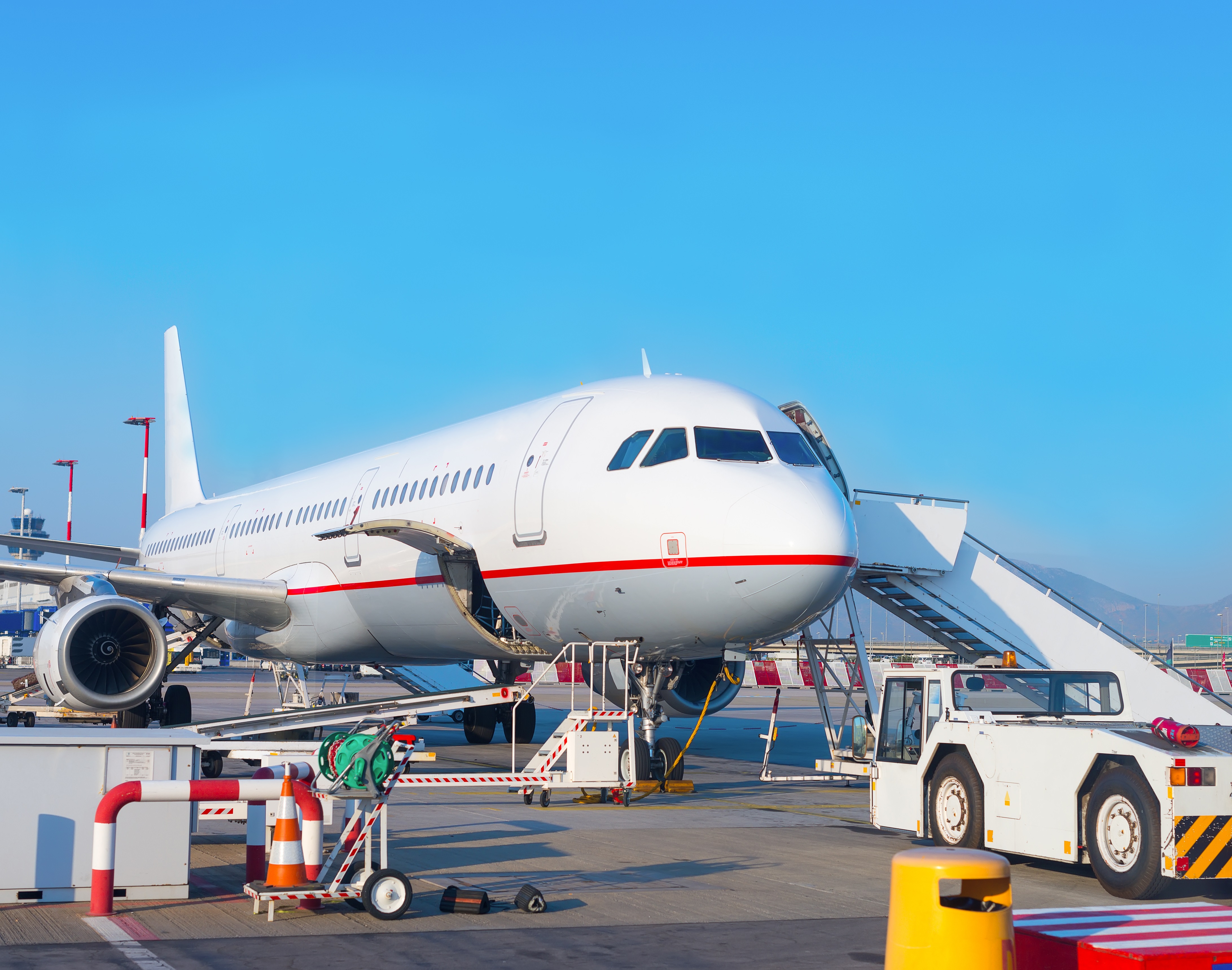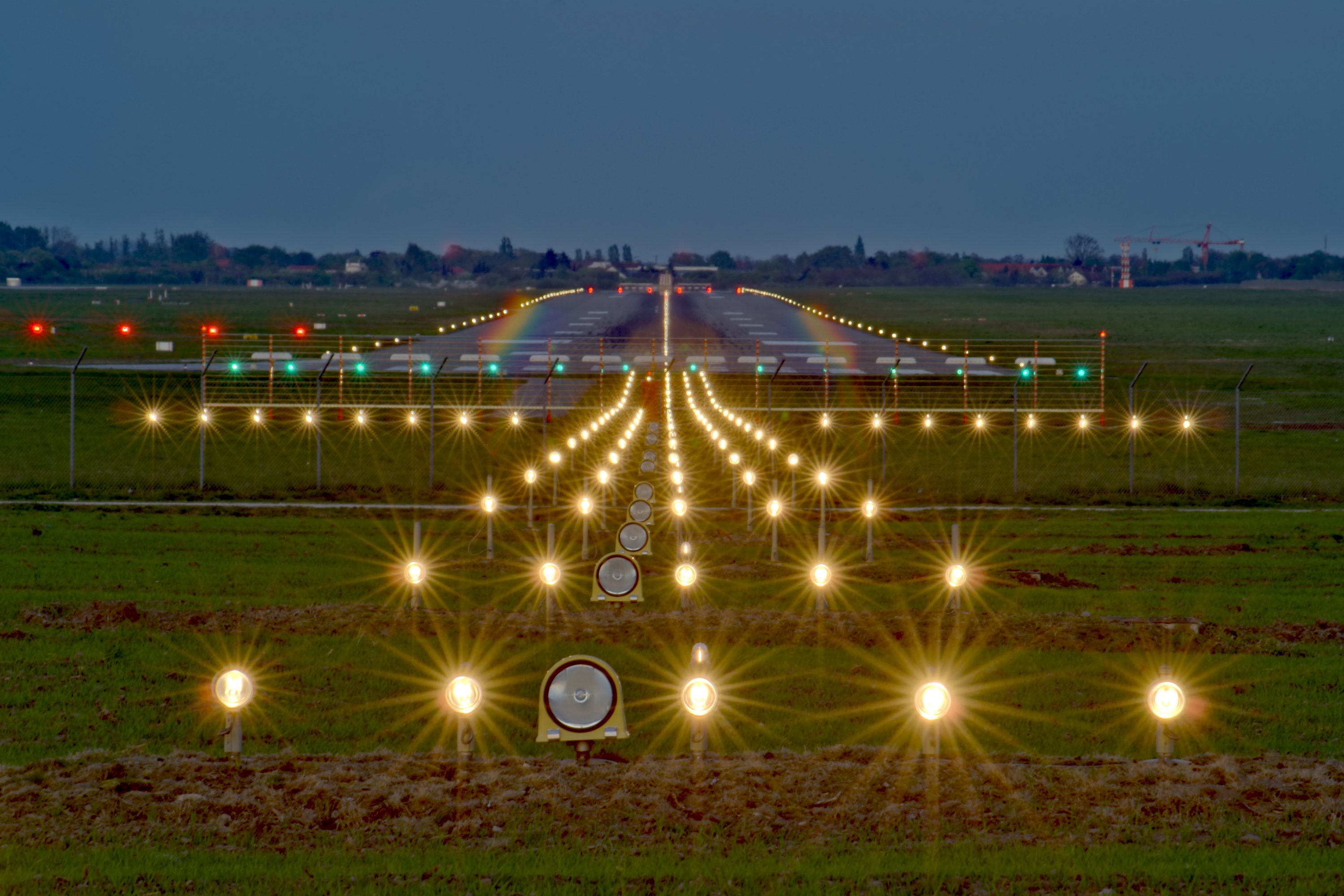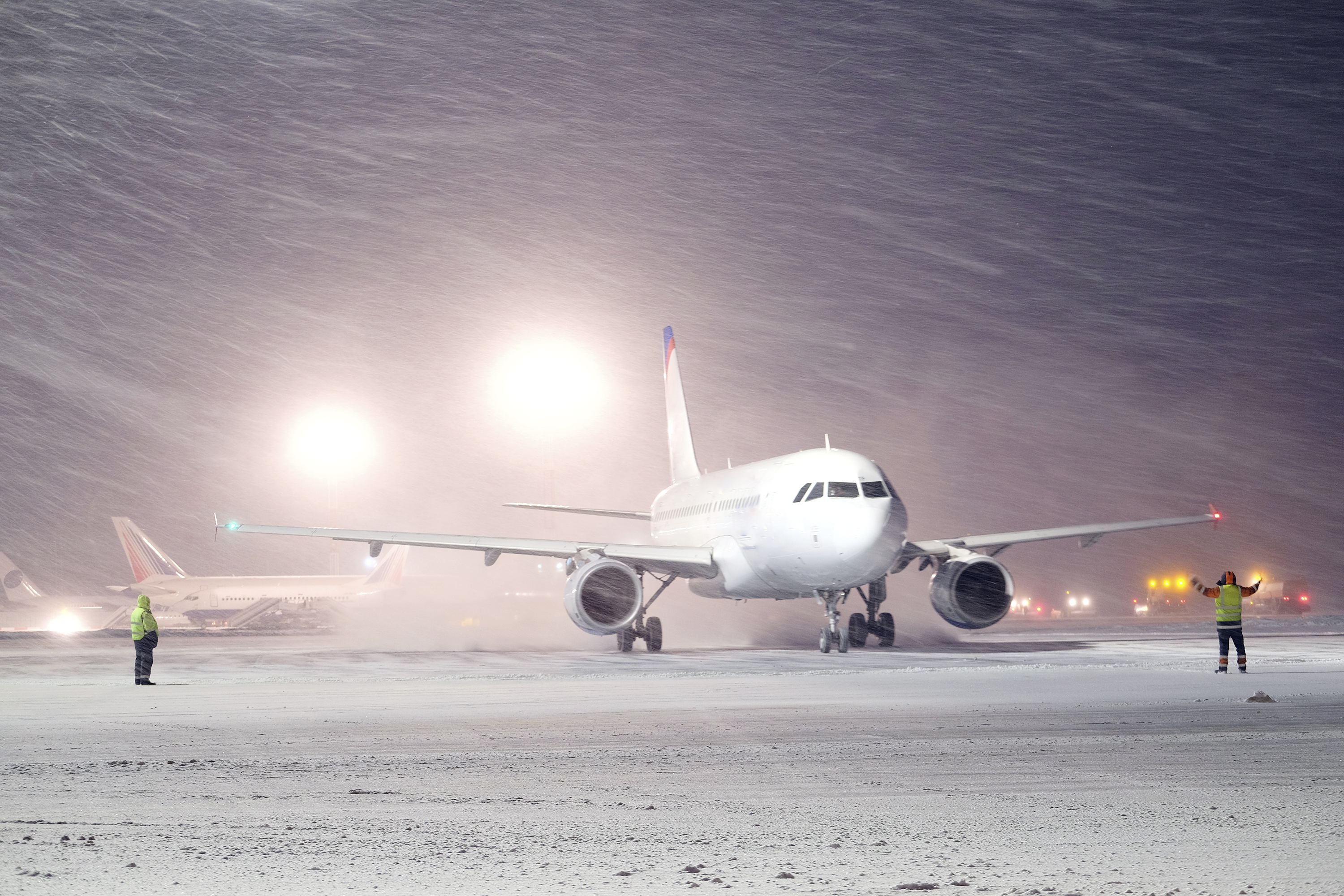Airports: how EASA ensures safe air travel, at take-off and landing

A safe flight starts on the ground - and EASA has been making airports safer since 2014. EASA’s work on airports touches on everything you see when looking out of the window while waiting for your flight, as well as many things not visible but nonetheless in place to ensure safety.
Let’s start with a bit of terminology explanation: in ‘EASA aviation lingo’ airports are referred to ‘aerodromes’. In this EASA Light article we will continue to use the term ‘airport(s)’, but let’s take a moment to consider these two terms.
What is an aerodrome?
An aerodrome is a defined area of an airport that is used for the arrival, departure and surface movement of aircraft. Aerodromes include airfields, heliports, airports and military airbases.
Why does EASA refer to “aerodromes” instead of “airports”?
An airport, in addition to the infrastructure used by the aircraft, has terminal(s) with shops, car parks and other facilities, that are not used for aircraft operations. While an aerodrome is usually part of an airport, not all areas of an airport are included in the EU aerodrome safety regulations. These regulations apply only to the infrastructure used by aircraft and hence the reason for the use of the technical term ‘aerodrome’.
What is the role of EASA when it comes to airports?
Airports are complex by nature and a key part of the transport network providing safe and fast travel. They are the convergence point of airport operators, airline operators, ground handlers and air navigation service providers. Airports have been integrated into the remit of EASA since 2009. This is when the Commission, in agreement with the Member States (EU + EFTA states: Norway, Switzerland, Iceland and Lichtenstein), decided that certain airports will have to apply the common EU safety rules. EASA was given the mandate to develop these rules, which were then adopted by the European Union. The first EU airport rules were published in 2014 and updated several times since then to ensure a high level of safety at the airports.
EASA prepares the rules for the competent authorities overseeing the airports, as well as the rules for the organisation and operations of airports. These rules are contained in the so-called Implementing Rules, Acceptable Means of Compliance and Guidance Material of Regulation 139/2014. Additionally, EASA’s experts prepare the Certification specifications for the design of the airport infrastructure, based on the rules from International Civil Aviation Organization (ICAO). A new piece of legislation expected by the end of 2024 will also include ground handling.
If you want to learn more, check the EASA rules for airports.

Which airports need to apply the common EU safety rules?
Airports that meet the following criteria:
- (a) are open to public use;
- (b) serve commercial air transport; and
- (c) have a paved instrument runway of 800 metres or more, or exclusively serve helicopters using instrument approach or departure procedures;
However, some airports can be exempted from applying these rules by the relevant Member State, as long as their traffic remains low: less than 10,000 commercial air transport passengers and no more than 850 movements related to cargo operations per year.
Over 500 airports meet the criteria listed above, while approximately 130 airports have been exempted for low traffic, leaving a total of 400 airports that apply the EU safety rules for this domain.
You can easily find out if the airport you are flying to or from is in EASA’s remit. Just search here. Don’t be surprised to see in the list airports located in Reunion, Guadeloupe, Martinique or Svalbard. These airports belong to the so called ‘overseas territories’ where EU rules are also applicable.
Your journey through the airport as a passenger and how EASA makes sure it is safe
Your flight is about to initiate boarding. You reach the aircraft either through boarding bridge connected directly to it, by bus or simply walk on the apron. Your safety is regulated by EU airport safety rules that ensure that you get to the aircraft safely.
You are seated inside the aircraft as it prepares for ground taxi. There is a whole system in place to ensure that there won’t be any collisions on the apron, taxiways or on the runway, with other aircraft, vehicles or people, and that your plane makes it to the departing position safely. Take a look outside the window: you will notice markings on the pavement and signs. If it’s night time or in poor visibility, you will also notice the lights on the pavement turned on – that’s also regulated by EASA.
Did you know that each colour of the markings and the lights that you see has a meaning?
For example, the colours of the markings on the pavement designate certain locations on the airport infrastructure. If you see yellow markings, then your aircraft is either on the apron or on a taxiway. White markings mean that your aircraft has reached the runway. Since airports are used by aircraft and pilots from all over the world, all airports have the same markings and lights and need to comply with the same design requirements. This ensures that pilots are not confused and can safely navigate irrespective of the location of the aerodrome.
Your plane is taking off or landing. These are the riskier stages of the flight. EU airport safety rules ensure the runway is correctly designed, and its surface is maintained in an adequate condition, free of obstacles and debris. Additionally, airport firefighting rescue services are ready to take immediate action in case of an emergency and their capabilities are defined in the same regulations.
Did you know that in case of an accident, airport rescue and firefighting services need to be at the spot of the accident in less than 3 minutes?
These professionals are among the several unsung heroes of aviation safety. We always hope that they are not needed, but ensure they are there when the need calls.
Airports and key risk areas

Due to the complex nature of airports, their operations can be risky and that’s why safety related issues need to be identified, addressed and monitored. EASA is working together with its stakeholders to identify any safety issues and to agree on the ways to address them. As a result of this work, several safety issues have been identified, assigned a priority rating and linked to a key risk area.
Key risk areas are the determination of the most likely type of accidents that an occurrence could have escalated to. For further reading on possible safety issues for airports and how they related to the 10 key risk areas, you can check the European Plan for Aviation Safety.
Most of the safety issues identified at the airports are linked to the key risk area ‘ground damage’ and are stemming from the ground handling activities. This is why the decision was taken to also regulate ground handling activities. That's the new regulation expected to be published by end of 2024, as mentioned earlier.










.jpg)


.png)
Comments
There are no comments yet for this item
Join the discussion